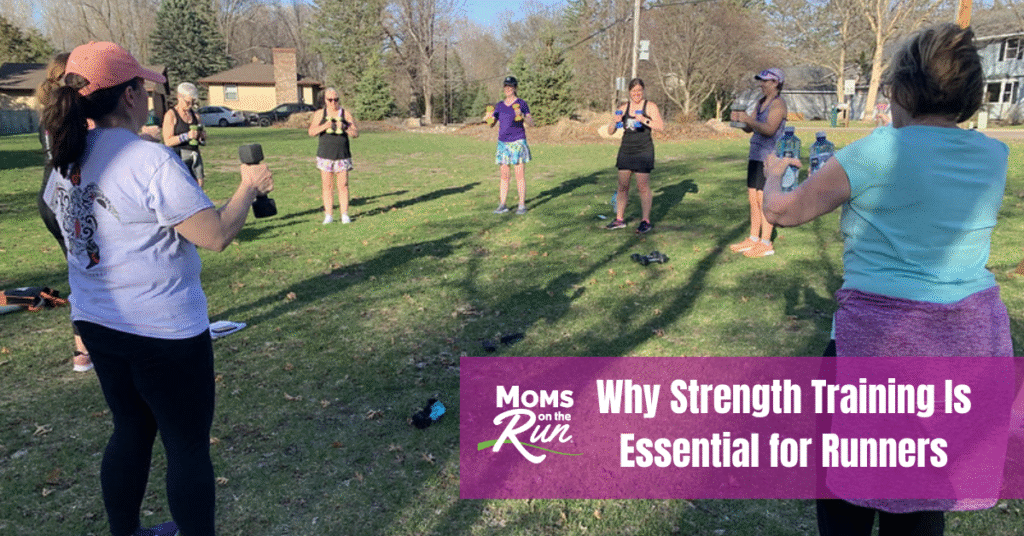If you’re a runner, chances are you love to lace up your shoes and hit the pavement, trail, or treadmill. Perhaps this has become your easiest way to get a workout in during a busy week, without requiring much equipment, thought or planning! But if you have not considered trading a few miles each week for a set of squats or lunges, it’s time to think this through. Strength training isn’t just for gym-goers or bodybuilders. It’s a powerful tool that can make you a faster, more efficient, and injury-resistant runner. Whether you’re training for your first 5K or chasing a marathon PR, adding strength work to your routine could be the missing link to the results you are after.
One of the biggest benefits of strength training for runners is injury prevention. Running places repetitive stress on the body, especially the knees, hips, ankles, and lower back. Strengthening the muscles around those joints—particularly the glutes, hamstrings, quads, and core—can improve joint stability and alignment, reducing your risk of common injuries like IT band syndrome, shin splints, and runner’s knee. A strong body is simply more resilient to the demands of training.
Strength training also enhances running economy, or how efficiently you use energy while running. Studies have shown that runners who consistently strength train use less oxygen at a given pace and improve their time to exhaustion. Translation? You’ll run farther and faster with less effort. Strength training improves your ability to generate power during toe-off, stabilize during each stride, and maintain good posture as fatigue sets in, which is especially important during longer races or on tougher terrain.
Not sure where to start? Learn all about building the proper strength routine in this great article from Strength Running. But first, let’s go over some basics! Begin with two strength sessions per week, focusing on compound movements that work multiple muscle groups. Exercises like squats, lunges, deadlifts, planks, and step-ups are incredibly effective for runners. You don’t need heavy weights to start—bodyweight exercises can be very effective, especially if you’re new to strength training. As you build confidence and form, you can gradually add resistance using dumbbells, kettlebells, or resistance bands.
A well-rounded strength routine should include:
- Lower body exercises (e.g., squats, lunges, glute bridges)
- Core stability work (e.g., planks, bird-dogs, side planks)
- Upper body strength (e.g., rows, push-ups) to support posture
- Balance and single-leg work (e.g., single-leg deadlifts, step-ups) to mimic running mechanics
Consistency is more important than intensity. Start small, even with a 15 minute session after a Moms on the Run class! Schedule longer workouts on easy run days or off days, and if you add strength to speed days or long runs, be sure to do it afterwards to be able to dedicate full energy to your running workout. And don’t forget about recovery! Strength training may increase your protein needs and your muscles need rest and proper fueling to rebuild stronger.
Soon you will see that incorporating strength training isn’t about turning into a weightlifter. It’s about becoming a more powerful, durable, and efficient runner. With just a couple of sessions a week, you’ll start to notice the benefits: fewer aches and pains, stronger finishes, and a new level of confidence with every stride. So don’t be afraid to reduce a run to make time for strength; you might just make more gains than you imagined! 💪👟
